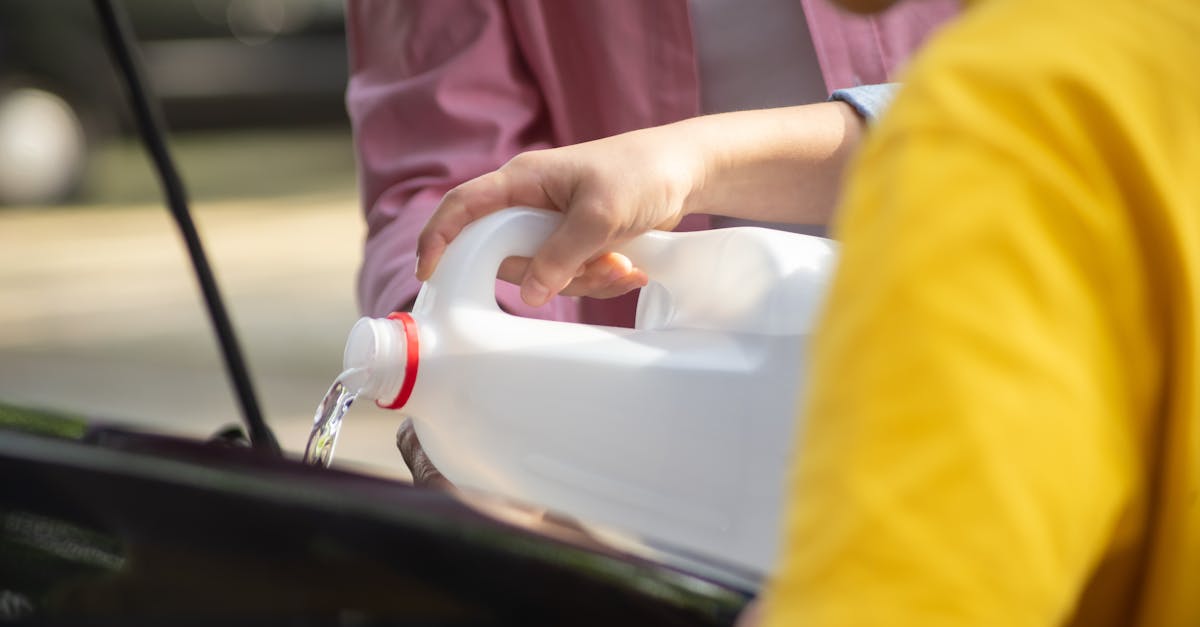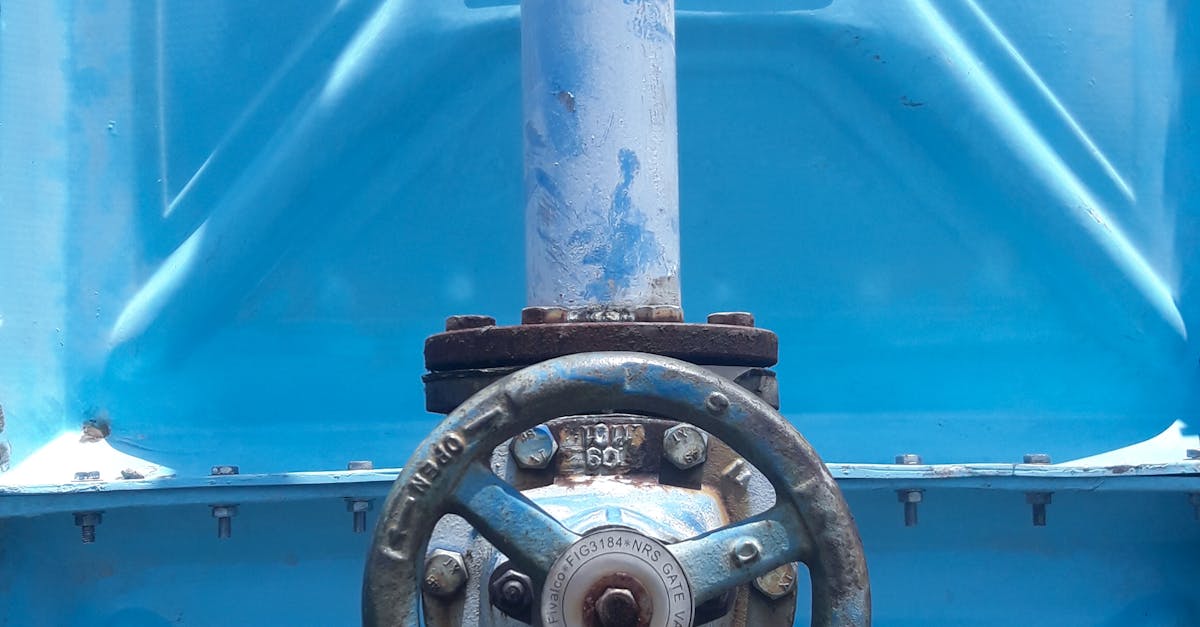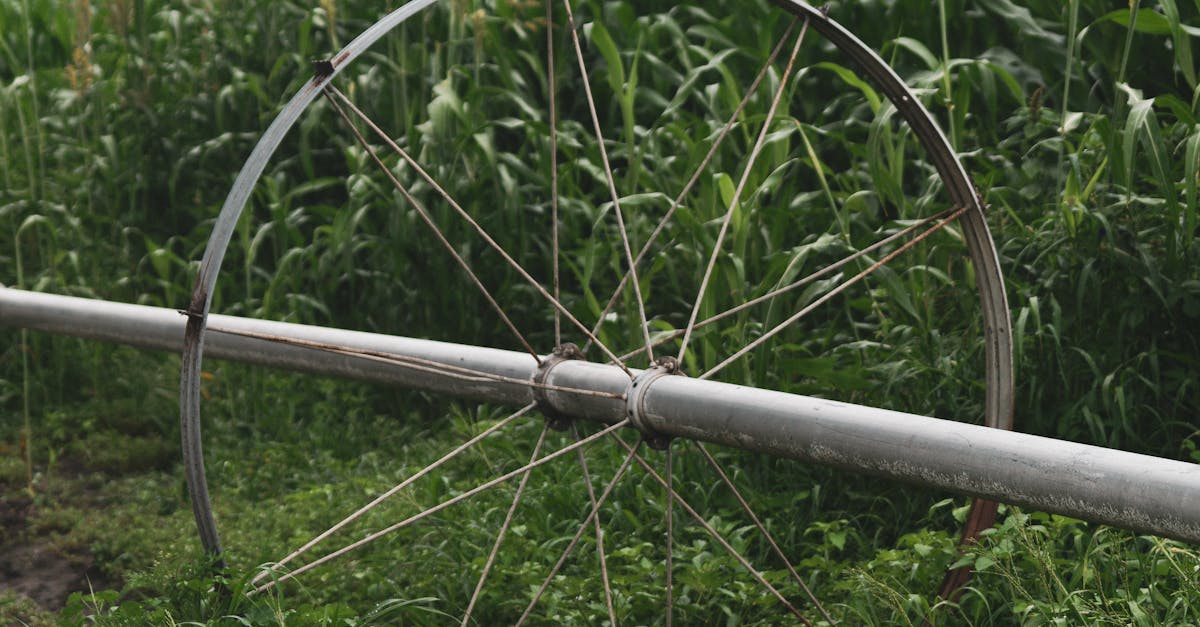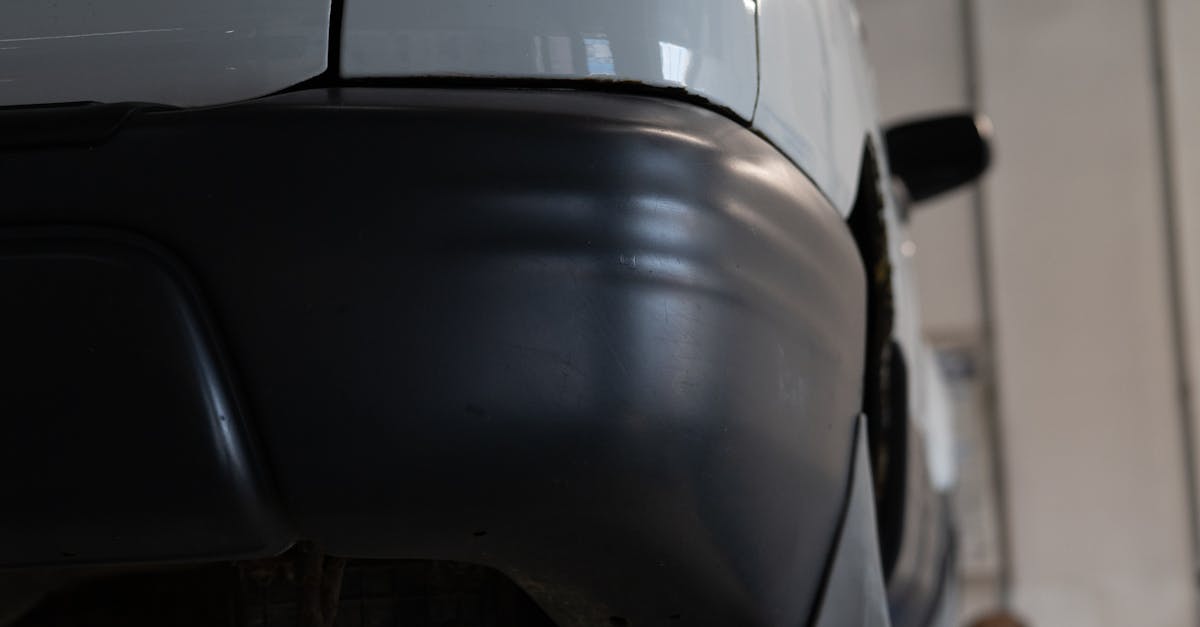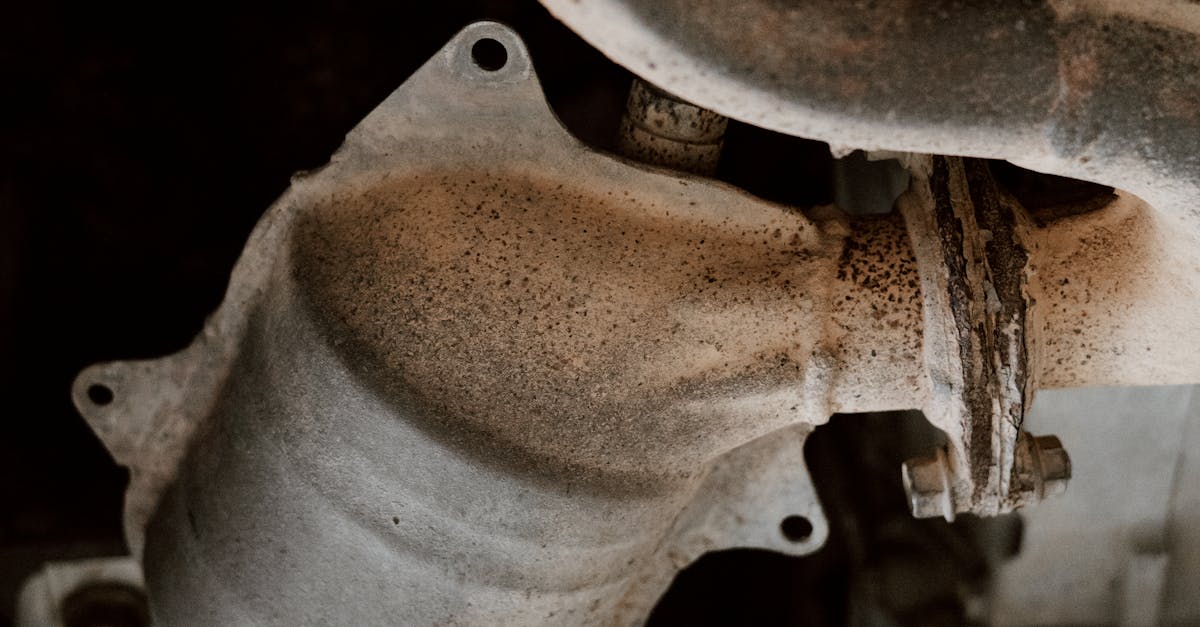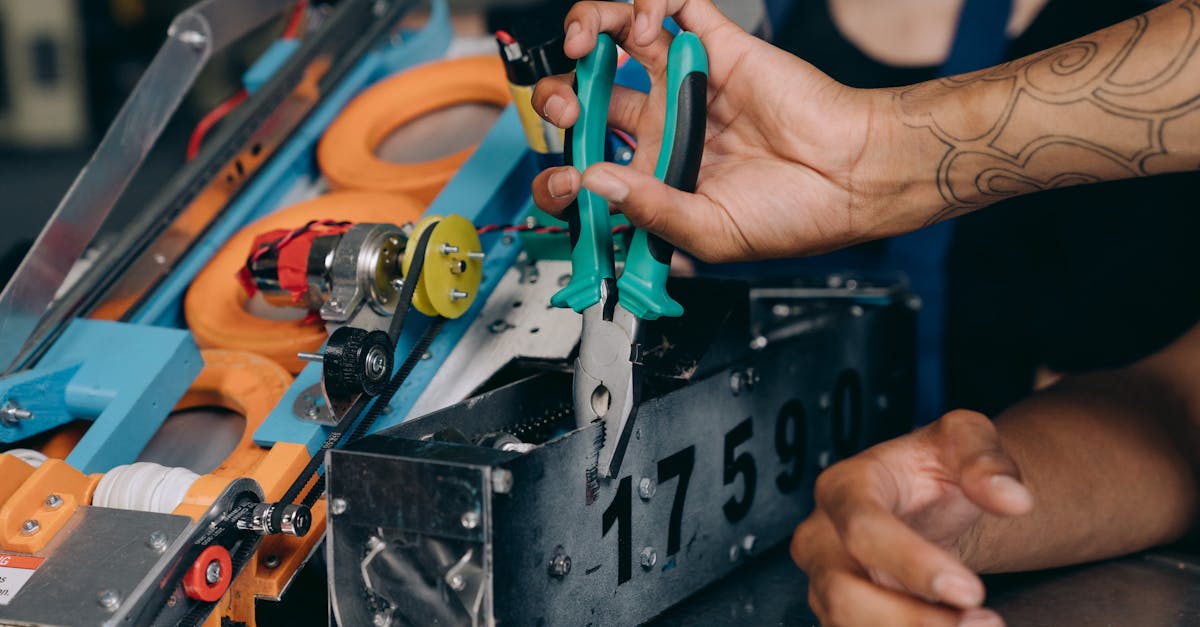
Table Of Contents
Assessing Sediment Buildup
Sediment buildup in a water heater can significantly hinder its performance. Over time, minerals such as calcium and magnesium from the water supply settle at the bottom of the tank. This accumulation not only reduces the efficiency of the heater but can also lead to noisy operation and potential damage if not addressed. Regular maintenance is essential to reduce the risk of sediment issues, thereby prolonging the lifespan of the unit.
To alleviate sediment buildup, a flushing of the tank is often recommended. This process involves draining the water heater to remove any accumulated minerals and debris. If the problem persists even after flushing, professional intervention may be necessary. Hot Water System repair services can help identify underlying issues related to sediment that may not be easily resolved through basic maintenance. Regular checks can prevent costly repairs and ensure the heater operates smoothly.
Flushing the Tank
Flushing the tank is an essential maintenance step for ensuring the efficiency of a water heater. Over time, sediment and mineral buildup can accumulate at the bottom of the tank, leading to poor performance and reduced water heating capacity. Regularly flushing the tank removes these deposits, which can not only improve efficiency but also extend the lifespan of the appliance. It is advisable to perform this task at least once a year or more frequently if your water supply is particularly hard.
To flush the tank, start by turning off the power supply to the heater. Connect a garden hose to the drain valve located at the bottom of the tank. Open the valve, allowing water and sediment to flow out through the hose. Make sure to keep a bucket or another container handy to manage the outflow. After flushing, close the valve and refill the tank before restoring power. If sediment buildup continues to be a problem, consulting a professional for Hot Water System repair may be necessary to address underlying issues.
Investigating the Pressure Relief Valve
The pressure relief valve plays a crucial role in maintaining the safety of your water heater. If this valve malfunctions, it could lead to unsafe pressure levels within the tank. Start by visually inspecting the valve for any signs of corrosion or leaks. A valve that is leaking water indicates a problem that must be addressed immediately. Regular maintenance of this component is essential to ensure the safe operation of your hot water system.
Testing the valve's functionality is also important. You can do this by lifting the lever briefly to ensure that water flows out and then stops once released. If water continues to leak, the valve may need replacement. Proper function of the pressure relief valve is vital for the overall health of your water heater, and failing to address issues can lead to more extensive problems that may require a hot water system repair.
Testing for Leaks and Functionality
When addressing issues with a non-functioning water heater, testing for leaks and overall functionality is crucial. A simple visual inspection can help identify any visible leaks around the unit, pipes, and fittings. Pay close attention to connections and joints, as these are common failure points. If any moisture is detected, it may indicate a larger issue requiring immediate attention. Ignoring leaks can lead to further damage and escalate repair costs, making it essential to address these problems promptly.
Beyond checking for visible leaks, assessing the functionality of the water heater itself is vital. Listen for unusual sounds which may suggest internal issues, such as sediment buildup or failing components. If the heater is not heating water appropriately, this could signal a malfunctioning thermostat, heating element, or other critical parts. In such cases, consulting a professional for Hot Water System repair ensures a thorough diagnosis and the proper steps are taken to restore optimal operation.
Analyzing Water Supply Issues
Water supply issues can significantly impact the performance of a water heater, leading to inadequate heating or complete dysfunction. Problems such as low water flow or insufficient pressure can prevent the heater from receiving enough water to operate effectively. It is essential to check for any blockages in the pipes that supply water to the heater. Additionally, inspecting the main water valve for proper operation can help in determining if the supply is restricted.
In the event that supply issues are suspected, it may be necessary to consult a professional for hot water system repair. A technician can conduct a thorough evaluation of the entire system, including any potential leaks or blockages in the plumbing. Ensuring that there is adequate flow and pressure can not only resolve current issues but also extend the life of the water heater. Identifying these factors early can lead to more efficient heating and reduced energy costs.
Ensuring Adequate Flow and Pressure
Checking the water supply to your hot water system can reveal issues that affect performance. Start by inspecting the main water valve to ensure it is fully open. Low water pressure may signal a problem, such as a clogged pipe or an issue with the municipal water supply. If the flow appears restricted, cleaning or replacing any filters can help restore proper functionality. Any obstructions should be addressed promptly to maintain adequate water flow.
In addition to examining the supply line, consider testing the water pressure at different points in the system. Use a pressure gauge to assess levels at both the inlet and outlet connections. An abnormal reading can indicate an underlying issue that may require professional attention. If problems persist after these checks, consulting a technician specializing in hot water system repair may be necessary to diagnose and rectify the situation. Exploring all potential causes ensures optimal performance of your hot water system.
FAQS
What should I do first if my water heater is not working?
Start by assessing sediment buildup in the tank, as this is a common issue that can affect the performance of your water heater.
How can I flush my water heater tank?
To flush the tank, turn off the power or gas supply, attach a garden hose to the drain valve, and open it to drain the water and sediment. Be sure to follow the manufacturer's instructions.
What is a pressure relief valve, and how do I check it?
The pressure relief valve is a safety feature that releases excess pressure from the tank. To check it, lift the lever on the valve to see if water flows out; if it doesn't, it may be malfunctioning and should be replaced.
How can I test for leaks in my water heater?
Inspect the area around the water heater for any signs of water pooling or dampness, and check the connections for moisture. If you detect a leak, it’s important to address it immediately to prevent further damage.
What should I check if I suspect water supply issues?
Ensure that the water supply to the heater is turned on and that there are no obstructions or leaks in the pipes. Also, check the water pressure to make sure it is adequate for your water heater to function properly.


